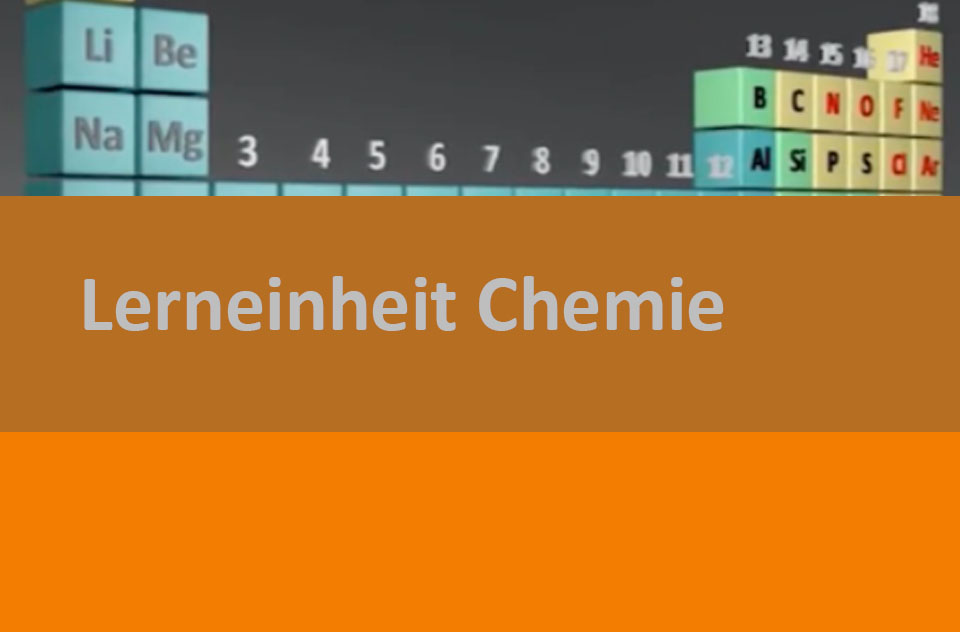
55502602
Alkalimetalle
In 11 interaktiven Aufgaben und Videos werden die Eigenschaften und Verwendung von Alkalimetallen vermittelt und anschließend abgefragt.
Das Medium bietet H5P-Aufgaben an, die ohne zusätzliche Software verwendbar sind.
Durch interaktive Aufgabentypen wird das audiovisuelle und interaktive Lernen einfach.
Lernen macht jetzt Spaß!
Included Tasks
- I Alkalimetalle - Video mit interaktiven Aufgaben
- II 1.Hauptgruppe des PSE - interaktive Aufgabe
- III Alkalimetalle - Bildpaare finden
- IV Flammenfärbung der Alkalimetalle - Video mit Aufgaben
- V Physikalische Eigenschaften - interaktive Aufgabe
- VI Verwendung von Alkalimetallen - interaktive Aufgabe
- VII Reaktion von Natrium mit Chlor - interaktive Aufgabe
- VIII Natrium-Kalium-Wissen - interaktive Flashcards
- IX Farbige Silvesterraketen 1 - Lückentext
- X farbige Silvesterraketen 2 - interaktive Aufgabe
- XI Alkalimetalle - Quizfragen
Curriculum-centred and oriented towards educational standards
Matching
Solutions, Emulsions and Mixtures of Substances
Be it milk in a cereal bowl, tea in a glass or the air around us. We constantly come across mixtures of substances in our everyday lives. As the name suggests, they are mixtures – mixtures of several so-called pure substances.
Redoxreaktionen
In unserem Arbeitsheft Chemie 7, Vol. 1 – Redoxreaktionen finden Sie 50 interaktive und didaktisch aufbereitete Aufgaben.








